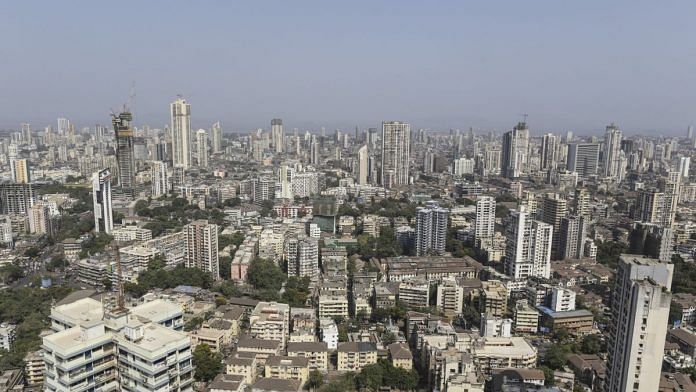Mumbai: Borrowing costs for India’s top-rated shadow financiers declined last month, after the most aggressive economic policies in a decade helped avert a further worsening in the sector during the pandemic.
Premiums that investors seek to buy AAA ranked five-year bonds of non-bank financial lenders over government securities declined in May after gaining for three consecutive months. A custom index of total outstanding debt at 50 financiers stayed at the same level as the previous month.
India’s policy makers are leaving no stone unturned to help non-bank lenders overcome a credit crisis that started in 2018 and worsened after the world’s biggest lockdown was imposed to contain the spread of the virus. Supporting these financiers that lend to everyone from small merchants to tycoons is essential to Prime Minister Narendra Modi’s efforts to revive an economy that’s set to shrink for the first time in four decades.
The government in mid-May announced Rs 3 trillion ($39.7 billion) of collateral-free loans to the nation’s small businesses and a Rs 750 billion special credit line for the shadow banking sector. Adding to the stimulus package, the central bank on May 22 slashed the benchmark repurchase rate to the least since the measure was introduced in 2000.
India Says Central Bank to Boost Support For Shadow Lenders
Despite the improvements after Indian authorities’ efforts, there have still been lingering concerns. Moody’s Investors Service downgraded the nation’s sovereign rating last week to the lowest investment grade and said it doesn’t expect the credit crunch in the non-bank sector to resolve quickly.
The Bloomberg check-up of the sector’s health also showed that:
- Banking system liquidity remained buoyant
- A custom gauge measuring the share performance of 20 companies affected by the crisis was stagnant
The scores attached to each of the indicators have been calculated by Bloomberg by normalizing the deviation of the latest value of the indicator from its yearly average and have been assigned on a scale of 1 to 7, with 1 implying weakness and 7 showing strength.- Bloomberg
Also read: World Bank forecasts worst recession in eight decades due to coronavirus



